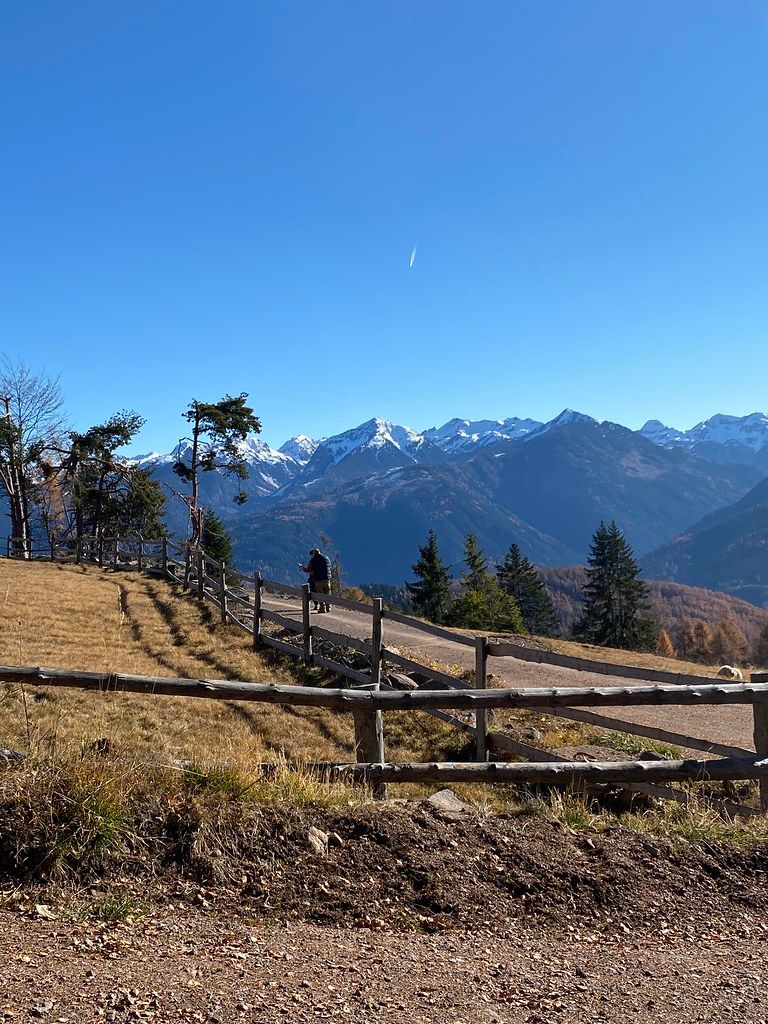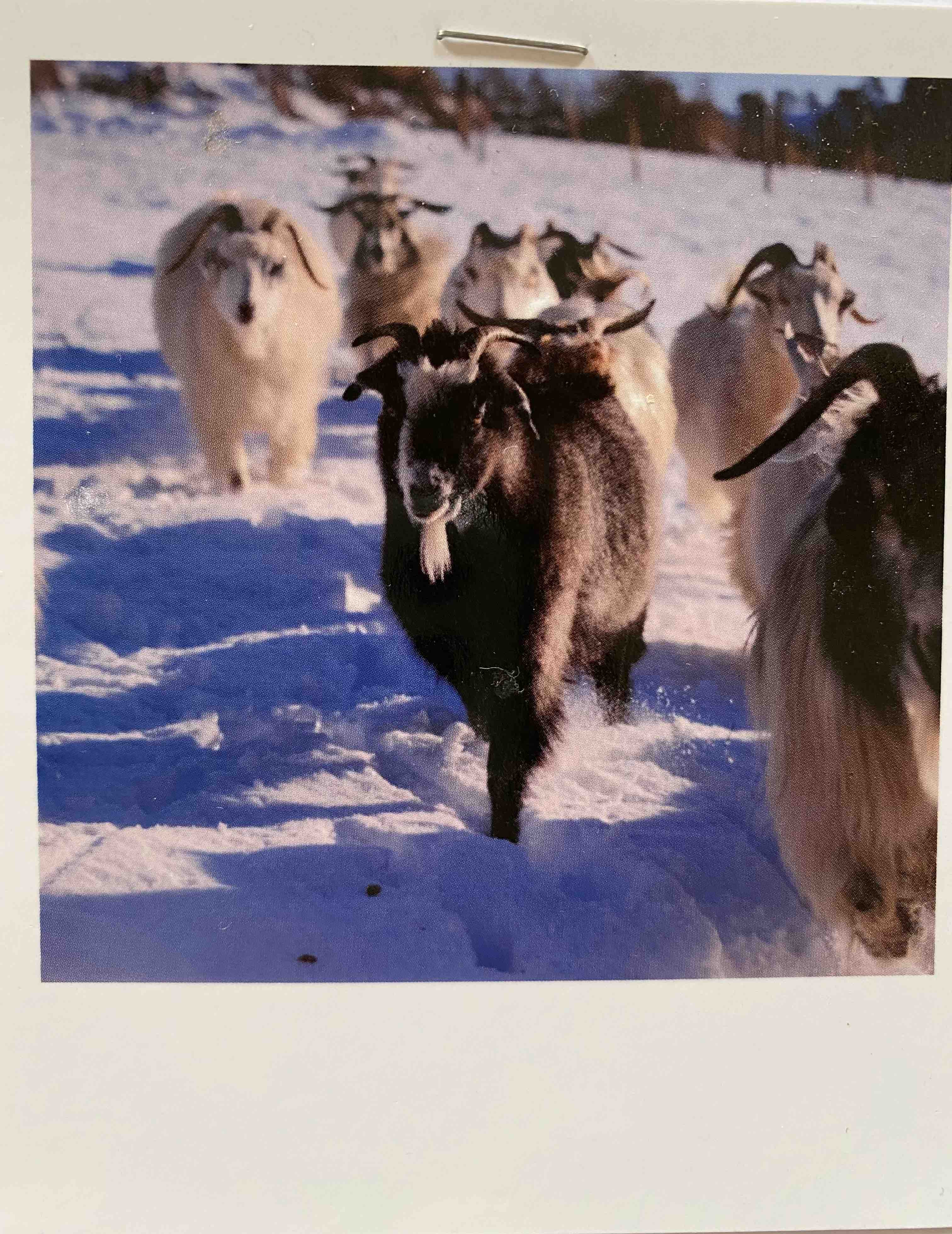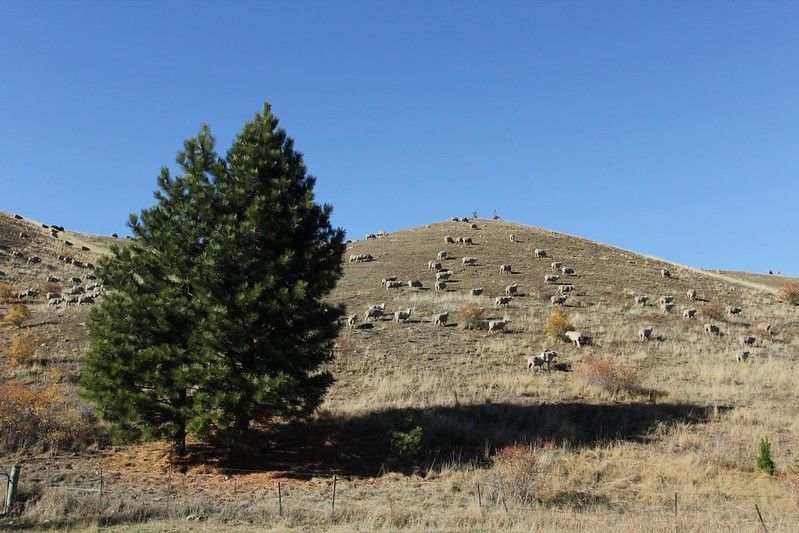New Vistas!

For quite some time now I have been a knitting enthusiast. In the last few years however, I’ve become more involved not only in the practice of knitting itself but also in listening to the various voices that surround this craft. I can now say that I am almost even more engrossed in reading “around” knitting than in knitting itself, but maybe this is not entirely true as knitting-wise I have developed from being an “adventurous beginner” to reaching an intermediate level of proficiency.
Reading-wise however I have found many new inspirational voices to accompany my own practice of knitting and because of this inspiration I am often led to dig more deeply into the many directions in which the posts (or videos in some cases) take me. I call these “new vistas” but surely some may be already familiar to others, though only recently discovered by me.
As a knitter, I am someone who labors over the description of whichever pattern catches my attention, before finally committing to it. I do let myself be intrigued by the pictures, of course, but then I pause and begin to look for clues as to the level of difficulty the pattern might entail; oftentimes, I am wrong! The categorization at the top of the pattern or description (beginners/intermediate etc.) does not suffice for me, nor does the Ravelry rating, which isn’t specific enough to indicate exactly what kind of challenges I am likely to encounter if I choose to go ahead. I’d like to learn something new when I tackle a new project, but I also don’t want to be overwhelmed (or frustrated) by the constant need to refer to a tutorial, if the pattern turns out to be way above my current abilities. Given such trepidations, it is no surprise that I have found myself bemoaning the loss of Karen Templer’s Fringe Association (now defunct since XXX) which was (is) a fantastic resource, single handedly responsible for helping me complete my first adult-sized sweater, back in YYY. Her in-depth look at patterns new and old was such a helpful hand for those who, like me, do not dare to embark in the journey blindfolded. I was especially fond of a feature called Someday vs Right Away, where one could find a curated list of suggestions to tackle something new today before moving on to expand on the technique….. tomorrow, which is a huge time saver. Add to that the recurring New Favorites section, with its highlights of current new patterns, and I cannot say enough good things about Fringe’s rigorous, in-depth look at knitting. Nowadays, I still find myself going back to Fringe occasionally, as a reference, or just to orient myself when branching out on a new technique or knitting style.
Speaking of knitting blogs, Kate Davies’s KDD represents the golden standard of knitting-blogs, but I imagine that by now this is a resource that is well known to most, since she has been dutifully writing since 2010.
In my geographical proximity (I am writing from the Northeastern part of Italy) one finds the admirable Lanivendole, a duo of female yarn-dyers, Stefania and Giulia, that represents a great resource if one is committed to exploring non-commercial yarn production. Lanivendole’s fibers were the first locally-sourced yarns I encountered, 7 years ago, when I relocated to Italy from the US. At the time I enrolled in one of their yarn clubs and soon after I received a package in the mail with a few skeins of their Cashmere blend, accompanied by a Polaroid of “Pirata”, the very goat from whose fleece the yarn was made (one of the company’s owners has a small cashmere goat farm).

As you can see from the image above Pirata is indeed a handsome goat, the yarn was soft and surprising, but the picture itself, that was the gesture that made that particular yarn so much dearer to me than anything I could have bought in a store. Since then, Lanivendole has greatly increased its presence on social media, they even have a podcast of their own, in which one can see the knitty-gritty of cashmere goat farming and get a sense of what it means to for a small, Italian, female-led company to experience a growth spurt.
To me, this small, local company represents a unique voice among the knitting companies I follow, not only because they produce great yarns but because they seem to have retained a great deal of earnestness and show a genuine delight in what they do. May their example be followed far and wide!
